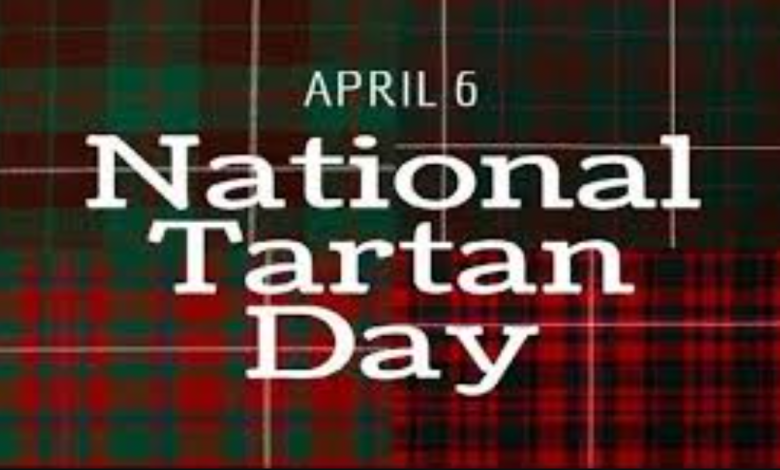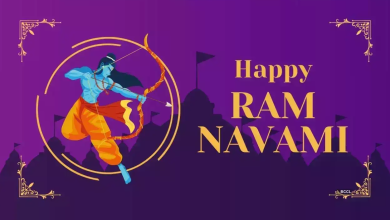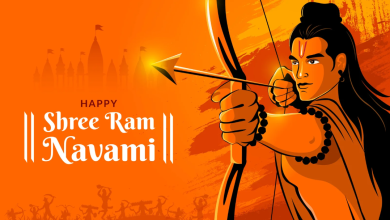National Tartan Day 2025

Every April 6th, communities across North America don kilts, wave flags, and strike up the bagpipes to celebrate National Tartan Day—a holiday rich in history, culture, and pride. While it may not be as universally known as St. Patrick’s Day, Tartan Day is a meaningful and growing celebration of Scottish heritage and its impact on the United States and Canada.
What is National Tartan Day?
National Tartan Day is a celebration of Scottish culture and the contributions of Scottish Americans and Scottish Canadians to the development of North America. The holiday draws its name from the iconic tartan—a patterned cloth of crisscrossed stripes in multiple colors, commonly associated with Scottish clans and heritage.
While tartan is most famously worn in the form of kilts, it symbolizes far more than traditional clothing. It’s a visual reminder of identity, pride, and lineage, with each pattern—or “sett”—representing a specific clan, family, or region of Scotland.
Why April 6th?
The date of National Tartan Day is no accident. April 6th marks the anniversary of the Declaration of Arbroath, a historic document signed in 1320 asserting Scotland’s independence from England. The declaration, sent to Pope John XXII, boldly stated the Scots’ right to live free of domination and inspired future generations in the struggle for self-governance.
The language of the Declaration of Arbroath echoes through the ages and even found its way into the American Declaration of Independence, drafted more than four centuries later. This connection is a key reason why April 6th was chosen to honor Scottish influence on the founding values of freedom and liberty in North America.
A Brief History of Tartan Day
Tartan Day began as a grassroots effort. The idea was first born in Nova Scotia, Canada, in 1987, where it was proposed as a way to celebrate Scottish heritage and contributions. From there, it spread across Canada and into the United States.
In 1998, the U.S. Senate officially recognized April 6th as National Tartan Day, following a resolution that highlighted the historical and cultural impact of Scottish Americans, who include nine signers of the Declaration of Independence, more than half of U.S. presidents, and numerous inventors, artists, and military leaders.
Canada officially recognized Tartan Day in the mid-1990s, and it has since grown into a full-blown cultural holiday in both nations.
How is Tartan Day Celebrated?
While Tartan Day isn’t a public holiday with school closures or parades on par with major national holidays, it’s steadily gaining popularity, especially in cities with large Scottish-American or Scottish-Canadian populations.
Celebrations often include:
- Parades and marches led by pipe and drum bands
- Scottish Highland dancing and traditional music performances
- Genealogy workshops for people exploring their Scottish roots
- Tartan displays, where people wear kilts, scarves, and other clothing in their family tartan
- Historical reenactments and educational lectures about Scotland’s influence on the U.S. and Canada
One of the largest celebrations in the U.S. takes place in New York City, where the annual Tartan Day Parade draws thousands of participants and spectators, with celebrities and dignitaries often serving as Grand Marshals.
Scottish Influence in North America
Tartan Day is not just a celebration of kilts and bagpipes—it’s a tribute to the profound contributions that people of Scottish descent have made to North America.
From the earliest settlers to modern innovators, Scottish immigrants have played an integral role in shaping both the United States and Canada. They brought with them a strong emphasis on education, engineering, philosophy, and democratic ideals.
Figures such as:
- Alexander Graham Bell, inventor of the telephone
- Andrew Carnegie, steel magnate and philanthropist
- John Muir, naturalist and founder of the National Parks system
- James Wilson, signer of the U.S. Constitution
All of these individuals shared Scottish roots and left lasting legacies on society, technology, and politics.
Tartan Today: A Symbol of Unity
In modern times, tartan has evolved into more than a clan identifier. It now represents a sense of unity and pride in Scottish culture around the world. Anyone can wear tartan on Tartan Day—Scottish ancestry is not required to participate in the festivities.
In fact, many cities and states in the U.S. have even created their own official tartans, symbolizing the diversity of their citizens and the inclusion of Scottish heritage in their regional identity.
National Tartan Day is a vibrant celebration of history, freedom, and identity. It’s a reminder that cultures from around the world have helped shape North America into what it is today. Whether you’re marching in a parade, tracing your ancestry, or just admiring the iconic fabric that inspired it all, April 6th is the perfect time to embrace Scottish heritage and honor the indelible mark it has left on society.





